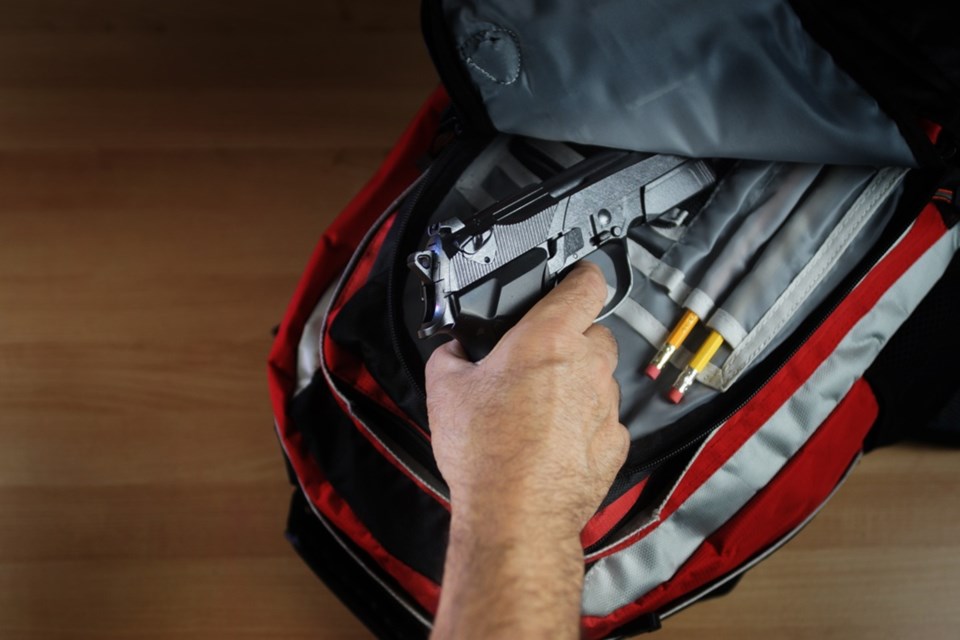Following a shooting rampage last month that killed two and wounded four at a public library in Clovis, New Mexico, Sault Ste. Marie Public Library is moving to develop a lockdown procedure.
School boards have had lockdown policies for years, but other public institutions have been slower to adopt them.
The City of Sault Ste. Marie doesn't have a lockdown procedure in place for its administrative buildings and public facilities, members of the Sault Ste. Marie Public Library board were told Monday night.
A lockdown involves having people in a building take refuge in a secure location when it's considered unsafe to evacuate.
"While physical threats are normally attributed to an armed intruder or hostage-taker, this however does not have to be the case," says a draft policy being reviewed for Sault libraries.
"Physical threats may come in the form of any individual or group of individuals, with or without any type of weapon, having the intent to cause injury."
"Physical threats may be a result of workplace violence, domestic violence, protest, demonstration, a criminal act occuring near a facility, a law enforcement attempted apprehension near the facility, etc."
There are three kinds of lockdowns:
- shelter-in-place, used when an environmental threat (usually air contamination) is present outside. All windows and doors are closed. Exterior doors are locked. All heating, air conditioning and ventilation systems are turned off. Radio and/or television stations are monitored and occupants remain in place until authorities signal it's safe to leave
- partial lockdown responding to serious physical or environmental threats in the neighbourhood. Entrance doors are secured, room lights are turned off, blinds and drapes are closed and occupants are cautioned to keep away from windows
- full lockdown responding to a physical threat that's already inside the building. Individuals outside the building are taken away to a pre-arranged evacuation point. Inside, building occupants are given instructions including turning off mobile devices and making as little noise as possible.
"Lockdown practices and procedures must never interfere with the occupants' abilities to evacuate promptly should the cicrcumstances warrant it," the draft procedure states.
A lockdown procedure being prepared for local libraries will outline:
- who may declare an emergency lockdown
- distribution of notification alerts via public address system, public internet and staff computers and staff telephones. The public address system at the downtown Centennial Library doesn't reach all parts of the building
- how families and the broader community will be informed of the lockdown
- staff training in conflict resolution
- plans for regular lockdown training sessions for all staff
The new lockdown procedure is expected to increase the number of library staff receiving first aid training beyond the minimum required by provincial health and safety regulations.
Under an initial draft being considered by the Sault Ste. Marie Public Library board, 911 callers would be asked to provide the following information:
- your specific location
- number of people with you
- number and type of injuries of the people with you
- identity of the assailant if known
- description of assailant
- type and number of weapons seen
- number of assailants if known
- any unusual or threatening noises you hear
The library board is expected to further review its draft lockdown procedure at its next meeting in October.
